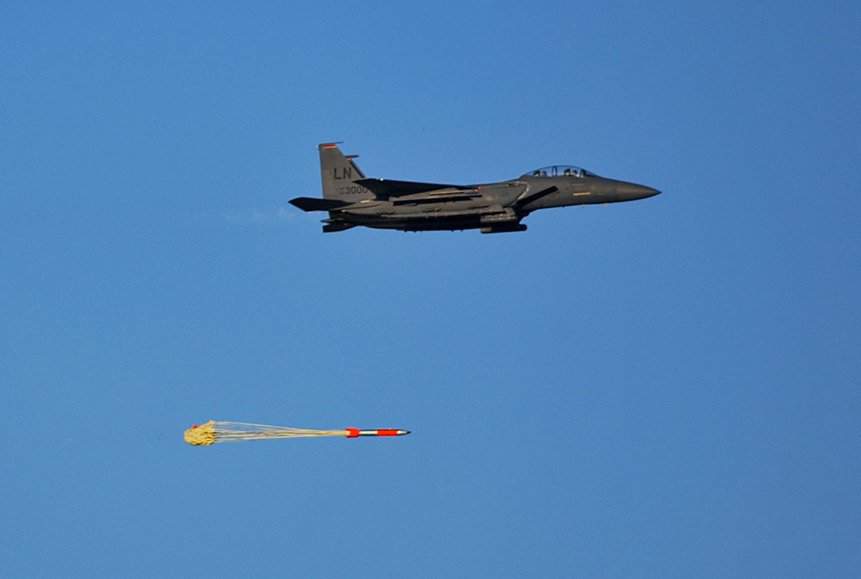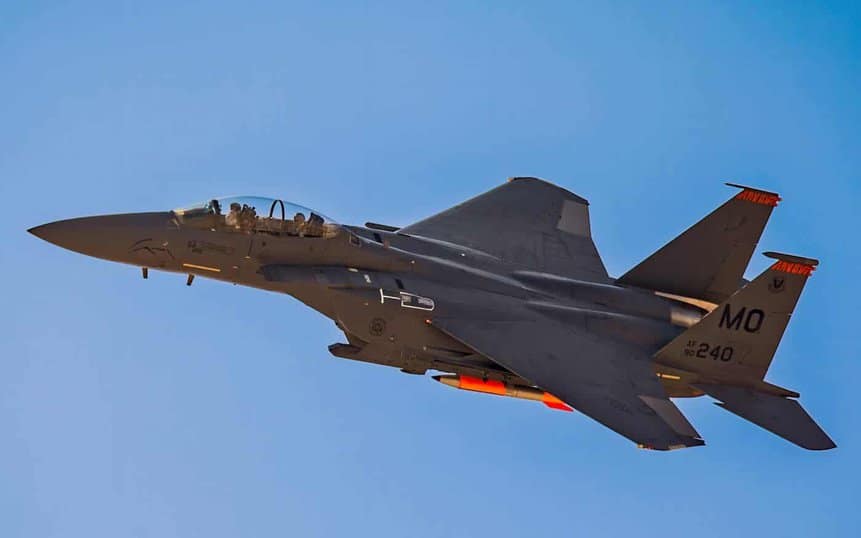F-15E Strike Eagle fighter-bombers participated in a Dual-Capacity Aircraft Nuclear Weapon System Evaluation Program (DCA NucWSEP) campaign.
The tests were conducted at Nellis Air Force Base and Tonopah Test Range, in Nevada, with aircraft, crew and maintenance professionals from the 391st Fighter Squadron, from Mountain Home Air Force Base (Idaho).
The aircraft were loaded with Joint Test Assemblies (JTA) B61-3 and B61-4 tactical nuclear bombs to support efforts to test the F-15E's inherent ability to deliver B61 series nuclear weapons.
“A Nuclear Assessment Mission tests and evaluates maintenance, crew and weapons specialists to ensure nuclear capability, from stockpile to delivery,” said Lieutenant Colonel Douglas Kabel, deputy director of strategic deterrence and nuclear integration at the Air Combat Command.
“It improves our readiness, giving our warfighters the experience they would need to employ the F-15E and B61 series weapons in a future conflict within a contested environment.”
Learn more: Watch the F-35 drop B61-12 nukes
As part of the 4+1 Plan, where the USAF will have five aircraft in its Fighter Aviation of the Future, the F-15E becomes a fourth-generation DCA complementary capabilities link with fifth- and sixth-generation fighters.

This means, explains the USAF, that the F-15Es continue to play a significant role as the Air Force refines the Combat Air Force Force Generation Concept (CAFFORGEN).
“CAFFORGEN will increase and maintain readiness for combat air forces”, said Gen. Mark Kelly, commander of Combat Air Command. “We have to generate high-performance combat teams before combat – and put them in place at the speed of relevance.”
F-15Es from units around Air Combat Command are preparing for future combat by participating in exercises and operations that incorporate ACE (Agile Combat Employment) concepts, which ensure that forces deployed to the front lines are ready to protect and defend the United States and ensure its readiness and willingness to operate alongside allies and security partners.
ACE is the use of agile operations to generate resilient airpower in a contested environment. Dynamic force deployment is one way the Air Force provides ACE capability to Combatant Commanders on a short-term basis for strategic purposes.
These jobs are designed to increase high-end combat readiness and provide airmen who are agile in operational execution, strategic in deterrence, and more resilient in capability.
"As a dual-capacity aircraft participating in ACE operations, we send a strong message to our allies and adversaries alike that our capabilities are reliable, our options are numerous and we can respond to crises in any corner of the world at any time." Kabel said. “These operations allow our joint team to provide extended deterrence to our allies in Europe and around the world in support of our National Security Strategy.”
Do you want to receive our news firsthand? Click Here and be part of our Group on Whatsapp or Telegram.


